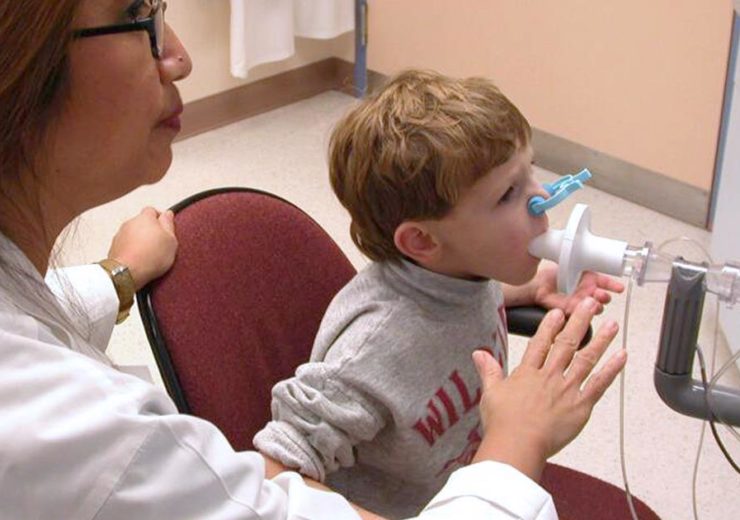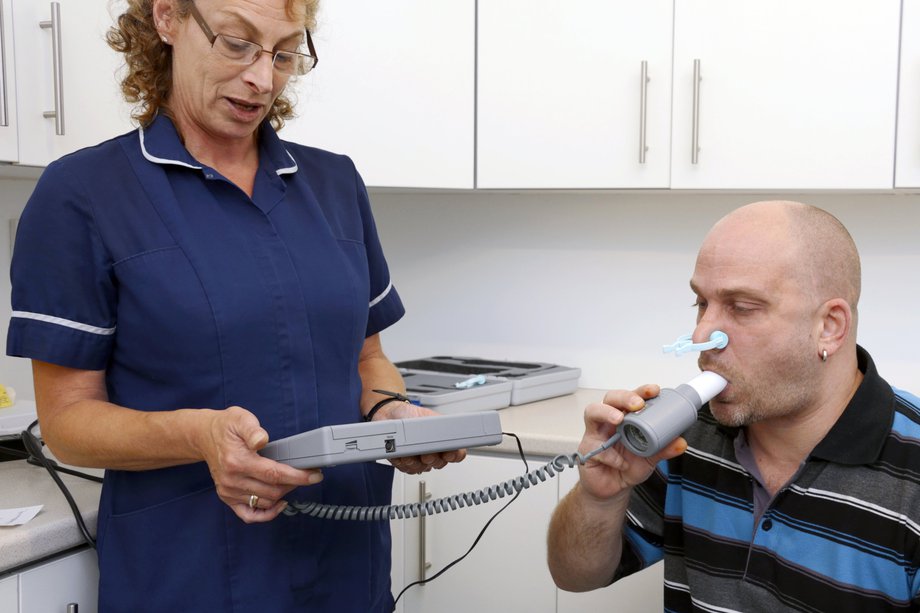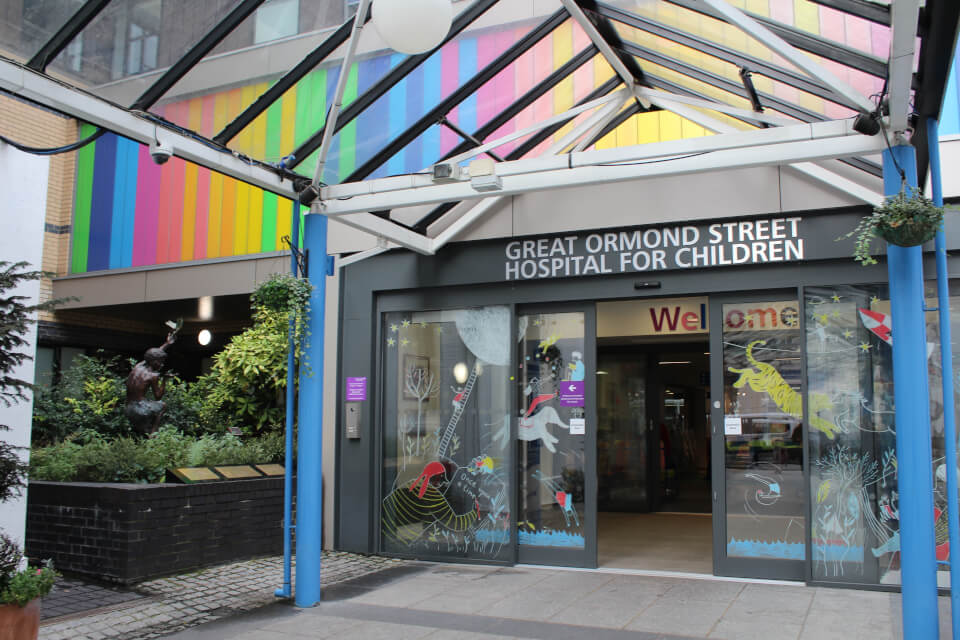PhD student Emma Raywood explains how she's using computer games to make physiotherapy treatment more engaging for children with cystic fibrosis

Airway clearance techniques are used to improve breathing in children with cystic fibrosis - but they can also be used to control computer games (Credit: About Kids Health)
One of the hardest things about living with a chronic illness like cystic fibrosis is the seemingly endless amount of medication and physiotherapy that become part of daily life.
However, a PhD student from the UK has set about trying to tackle this problem with the help of computer games.
University College London and Great Ormond Street Hospital student Emma Raywood is using games in her Project Fizzyo initiative to make lung function testing a more positive experience for children with the disease — and improving the data collected.
The project has been looking at physiotherapy techniques called airway clearance techniques, which are done every day, usually at home, and aim to keep people with cystic fibrosis healthy.
Along with helping to improve their lung function, blowing into the device can be paired with basic computer games for children.
Raywood said introducing these games makes the procedure more engaging for children — helping them focus on the test, improving results and increasing the amount of data available.
Speaking at Microsoft Future Decoded 2019 in London, she said: “If you have children you know how hard it is to persuade them to get dressed. So imagine trying to get them to do treatment after treatment every single day.
“Patients always tell me they just want to get on with their lives, and doing these boring treatments they don’t see the point of every day takes it out of them. That’s where my PhD comes in: Project Fizzyo.”
The importance of airway clearance techniques
One of the main symptoms people living with cystic fibrosis have to deal with is a build-up of a thick, sticky mucus in the airways and digestive system.
This prevents the lungs from functioning properly, restricting breathing and increasing the chance of infection and permanent damage to the organs.
The physiotherapy techniques Project Fizzyo focuses on involve about 100 breaths, through a handheld device, per treatment, in order to clear out the airways and improve lung function.
Usually these breaths are in sets of ten breaths in a row, with a gap every 10 to cough up mucus, according to Raywood.
She added: “We’ve never used remote monitoring of these treatments in children before to see what they are actually doing unsupervised.
“We’ve also never tried to see if games can reduce the burden and make treatment more enjoyable, as well as improving technique.”

How has ‘gamifying’ cystic fibrosis physiotherapy helped?
Physiotherapy techniques are just one of many difficulties people with cystic fibrosis have to deal with.
Raywood said: “Even when patients are well, they still have to go through hours and hours of arduous treatment every single day of their lives.”
With this in mind, she set about looking for a solution to help improve physiotherapy outcomes by making treatment “less boring” for younger patients.
Project Fizzyo is the first project of its kind according to Raywood, and involves allowing young patients to play games while still doing their airway clearance exercises.
She added: “It gives the children something to focus on and means we can get them to use the right technique for the test, as well as hopefully reducing the anxiety of being in hospital.
“In the first four months of the study, patients don’t have games. This means when we introduce the games, we can see if there’s a change in behaviour.
“At the end of the study, we remove the games so we can see if they’re required to sustain that change.”
The games Project Fizzyo has experimented with include a jumping egg, an infinite cube-runner game, and a balloon popping activity.
A future for gamifying UK healthcare?
These games also meant some children actually performed better in the physiotherapy exercises than they had previously.
Raywood used the example of one child, who registered a significantly longer average blow during the period they had games available, when compared with before and after.
The same sensor which allows the exercises to become a basic video game controller can also be used to record information about the children.
Fitbit technology is used to track each individual patient, recording which treatments have been used, and how they performed in the tests.
Raywood said this has allowed Great Ormond Street Hospital to collect large amounts of data relating to children with the disease.

She added: “The analysis we’re doing with the electronic patient records and machine learning is really groundbreaking, not just for people with cystic fibrosis, but for healthcare in general.
“Hopefully we can build on these kinds of successes and improve these games and platforms all the time. In the future, this kind of technology doesn’t just have to be used in people with cystic fibrosis during physiotherapy.
“It could be used for any kind of burdensome treatment that children are doing. If we can ‘gamify’ it to make them want to do it and succeed, we really should. If we can improve their quality of life, that’s the ultimate goal.”
